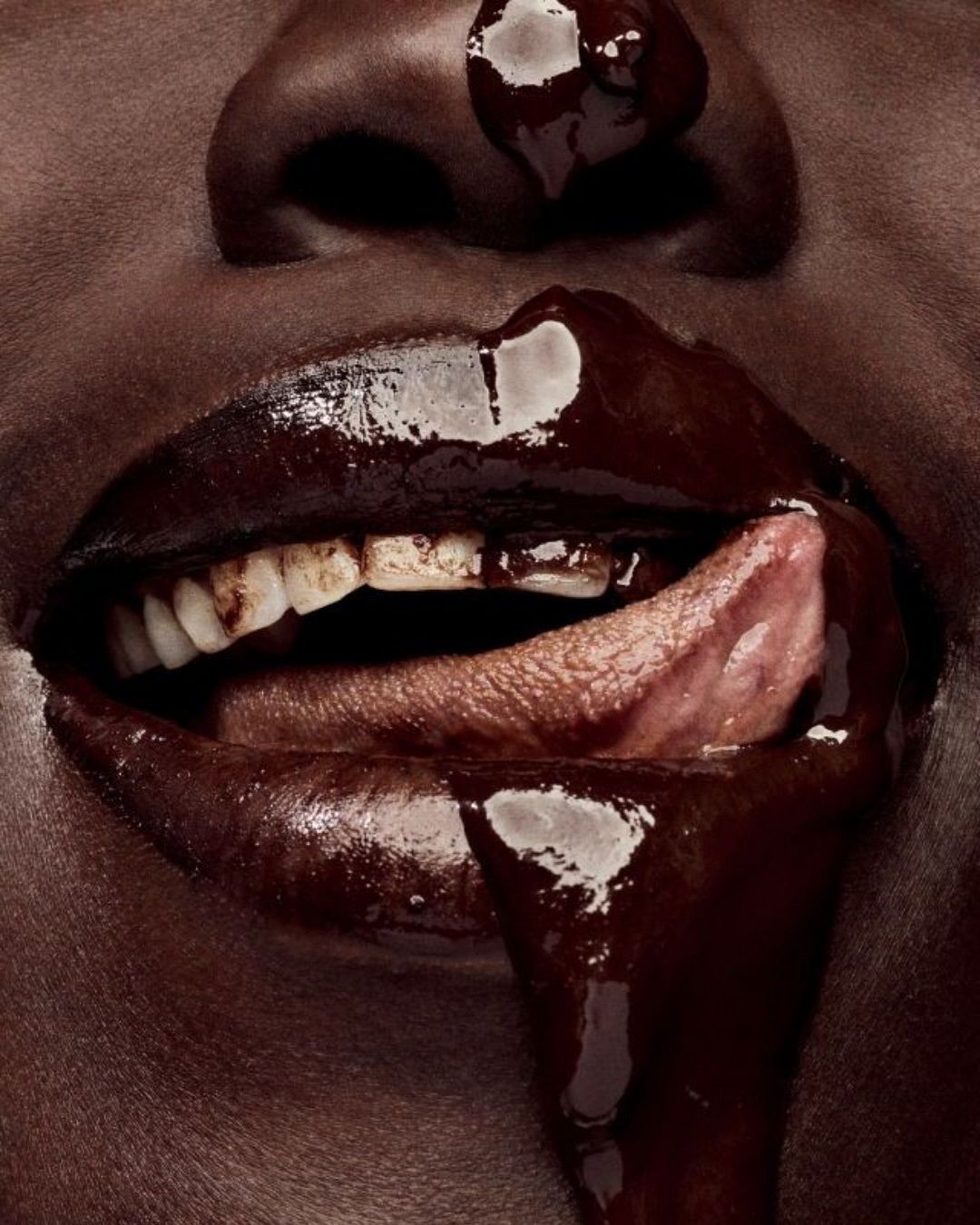
The meaning of Bridgerton's color palettes From lavander to pomona green, colors tell part of the story told by Shonda Rhimes
In the second season of Bridgerton, the color palettes associated with the families of one of Netflix's most watched series come into play to reveal the character of the characters. On air since last March 25, the new appointment with the Regency era, and her majesty Queen Charlotte, surprised those who thought that the passionate love between Duke Simon Basset and Daphne Bridgerton constituted a point of no return. In the second season, as in the first, the colors of the characters' settings and clothing evoke hidden meanings and communicate with nonverbal messages changes that have already occurred in the characters' status.
The family living in a sumptuous mansion in the center of nineteenth-century London's Mayfair is the Bridgerton family. Pastel hues are a favorite throughout the Regency era, but the Bridgerton palette features delicate blues, lavender embroidery, light blue capes, and pearly ruffles. Lady Violet, the mother of the splendid Bridgerton heirs, often wears white, a reference to the neoclassical period, to purity, but also a color associated with mourning, which in the second season emerges strongly with the sad memory of her late husband. The purity and delicacy of the Bridgertons' palettes indicate the family's rank of noble lineage. The men of the family, on the other hand, wear predominantly various shades of blue, intense and reassuring colors that represent the decision-making power that at the time was the prerogative of the male gender alone.
At the opposite pole of the wealthy Bridgerton family, we find the bright color palette of their neighbors: the Featheringtons. Although pastel shades always prevail, the sisters Penelope, Philippa, Prudence and their mother Lady Portia show off a variety of colors ranging from the daffodil yellow of Lady Whistledown to the peach of the older sisters, up to the pomona green - aka apple green - of the widow Featherington. The sobriety of the colors of the Bridgertons, symbol of a recognized and consolidated lineage, is evident compared to the ostentatious - and therefore very often false - richness of the Featherington family, which, in order to be noticed in society, tends to combine bright colors with floral and geometric patterns of dubious taste.
In the second season of Bridgerton there is also room for a new protagonist family. Edwina and Kate Sharma enter by right among the most interesting characters of the series, if not for the fact that - spoiler alert - the first will be betrothed to Viscount Anthony Bridgerton, while only the second will actually marry him. Kate Sharma, despite being unmarried, is the female character who deviates the most from the uniform that the young ladies were required to wear. We often see her in a petrol green suit while she is engaged in the activity of hunting (an exclusively male prerogative), or wearing an amethyst purple during receptions in society. The boldness of Miss Kate Sharma's colors explain the position of a girl who decided to take the place of her father in the protection of her younger sister. In contrast, Edwina Sharma - flawless from the very first shot and for this reason named "Diamond" of the season - wears those pearly and pinkish pastel shades typical of the dress code of the time for high society girls about to be married.
All eyes are now on season three, where another Bridgerton brother - in all likelihood it will be Benedict's turn - will be asked to choose which lady to walk down the aisle with. It seems, however, that Kate Sharma will not give up the scepter of the protagonist so easily. On the contrary, her character will gain more and more power in the Bridgerton household. Will she push herself to wear darker hues or will she also give in to softer shades? What is certain is that since the publication of the poster, with the clothes of the new protagonists in the foreground, we will be able to glimpse part of the plot.
























































